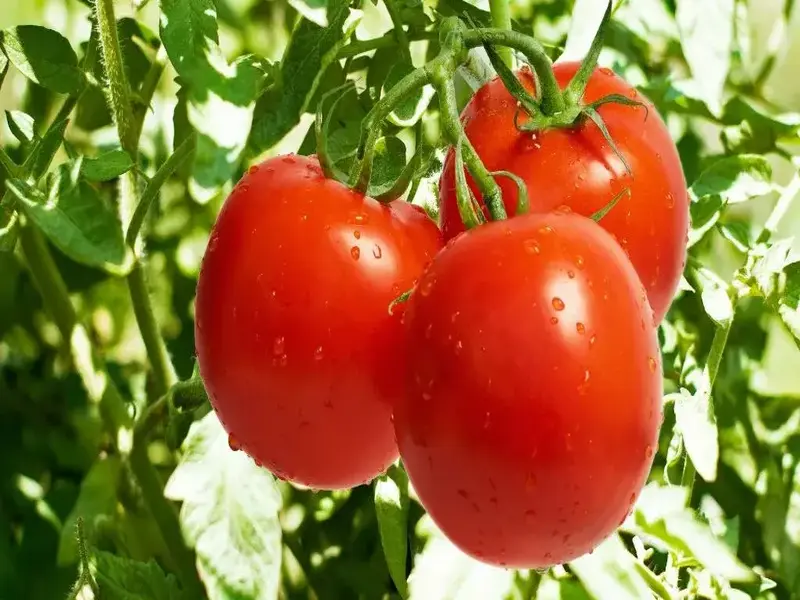Are you a fan of juicy, tender sweet corn straight from the cob? Imagine the satisfaction of growing your own corn, from seed to plate. In this comprehensive guide, you will learn how to grow sweet corn and the care to be followed for a thriving crop. Whether you have a sprawling garden or a small plot, cultivating sweet corn is an enjoyable and rewarding experience. Get ready to dive into the world of corn cultivation and unlock the secrets to mouthwatering success.
Learn How to Grow Sweet Corn and the Care to Be Followed
Growing sweet corn requires careful planning, preparation, and ongoing care. Let’s delve into the essential steps and practices to ensure your sweet corn plants thrive and yield delicious ears of corn.
Selecting the Right Varieties of Sweet Corn
To begin your sweet corn journey, you need to choose the right varieties that suit your growing conditions and taste preferences. Sweet corn comes in different types, including standard, sugary enhanced, and super sweet. Each type offers distinct flavors and characteristics. Consider factors such as maturity time, disease resistance, and sweetness level when selecting your sweet corn varieties.
Preparing the Soil for Sweet Corn
Sweet corn thrives in well-draining soil with plenty of organic matter. Follow these steps to prepare your soil for successful corn cultivation:

a. Clear the Area
Start by clearing the planting area of any weeds, rocks, or debris. Ensure that the soil is loose and free from obstructions.
b. Amend the Soil
Enrich your soil by incorporating compost or well-rotted manure. This boosts fertility and improves the soil’s ability to retain moisture, providing a favorable environment for sweet corn roots.
Planting Sweet Corn Seeds
Once your soil is prepared, it’s time to plant your sweet corn seeds. Here’s how you can do it:
a. Determine the Planting Method
There are two main methods for planting sweet corn: direct sowing and starting indoors. Direct sowing involves planting the seeds directly into the garden, while starting indoors allows you to get a head start by germinating the seeds indoors before transplanting them outside.
b. Sowing the Seeds
If you choose direct sowing, create planting furrows with a depth of around 1 inch (2.5 cm). Space the furrows according to the seed packet instructions, usually around 12 to 18 inches (30 to 45 cm) apart. Place the seeds in the furrows, cover them with soil, and water gently.
Providing Proper Watering and Fertilization
Sweet corn requires regular watering to ensure healthy growth and development. Additionally, providing the right nutrients through fertilization is crucial for a bountiful harvest. Here’s what you need to know:
a. Watering Tips
Keep the soil consistently moist throughout the growing season. Water deeply, aiming for at least 1 inch (2.5 cm) of water per week. Avoid overwatering, as excessive moisture can lead to disease issues.
b. Fertilizing Sweet Corn
Apply a balanced, slow-release fertilizer when planting the sweet corn seeds. As the plants grow, side-dress them with nitrogen-rich fertilizer to promote strong stalks and abundant ear development. Follow the instructions on the fertilizer package for appropriate application rates and timing.
Managing Weeds and Pests
To ensure the health and vitality of your sweet corn plants, it’s crucial to manage weeds and pests effectively. Here are some strategies to keep in mind:
a. Weed Control
Regularly weed your sweet corn patch to prevent competition for nutrients and water. Use organic mulch, such as straw or wood chips, to suppress weed growth and retain soil moisture.
b. Pest Prevention
Monitor your corn plants for common pests like corn earworms, aphids, and armyworms. Employ natural pest control methods, such as introducing beneficial insects or using organic insecticides, to protect your crop without harmful chemicals.
Providing Adequate Support for Tall Varieties
Some varieties of sweet corn can grow quite tall, reaching heights of 6 feet (1.8 meters) or more. To prevent damage from wind and ensure sturdy growth, provide support for these tall varieties. Use stakes or trellises to keep the plants upright and stable.
Frequently Asked Questions (FAQs)
Q: When is the best time to harvest sweet corn? A: Sweet corn is ready for harvest when the kernels are plump and juicy, and the silk turns brown. To check for ripeness, peel back the husk slightly and puncture a kernel. If the liquid inside is milky, it’s time to harvest!
Q: How often should I water my sweet corn plants? A: Sweet corn requires consistent moisture, especially during hot and dry periods. Aim to provide at least 1 inch (2.5 cm) of water per week, either through rainfall or irrigation.
Q: Can I grow sweet corn in containers or pots? A: While it’s possible to grow sweet corn in containers, it can be challenging due to the plant’s size and need for ample nutrients and water. If you choose to grow sweet corn in pots, select dwarf or compact varieties and ensure the containers are large enough to accommodate the plants’ root systems.
Q: Should I remove the suckers from my sweet corn plants? A: Sweet corn plants develop suckers, which are additional shoots that emerge from the base of the main stalk. It is generally recommended to remove these suckers to direct more energy towards ear production. However, some gardeners prefer to leave them intact for increased yield potential.
Q: How long does it take for sweet corn to mature? A: The time it takes for sweet corn to mature varies depending on the variety. Most sweet corn varieties mature between 60 and 100 days after planting. Refer to the seed packet or variety description for specific maturity information.
Q: Can I save seeds from my sweet corn for future planting? A: Saving seeds from sweet corn can be challenging due to cross-pollination between different corn varieties. If you want to save seeds, ensure you isolate different corn varieties or plant only one variety each season. Hand-pollination techniques can also be employed to maintain seed purity.
Conclusion: Cultivating the Sweet Rewards of Homegrown Corn
Learning how to grow sweet corn and following the proper care guidelines opens the door to a world of delicious and rewarding harvests. With the right selection of varieties, soil preparation, watering, and pest management, you can enjoy the satisfaction of growing your own sweet corn. Remember to harvest at the perfect time, savoring the sweetness and juiciness that only homegrown corn can provide. So, roll up your sleeves, grab your gardening tools, and embark on a corn-growing adventure that will delight your taste buds and nourish your soul.




